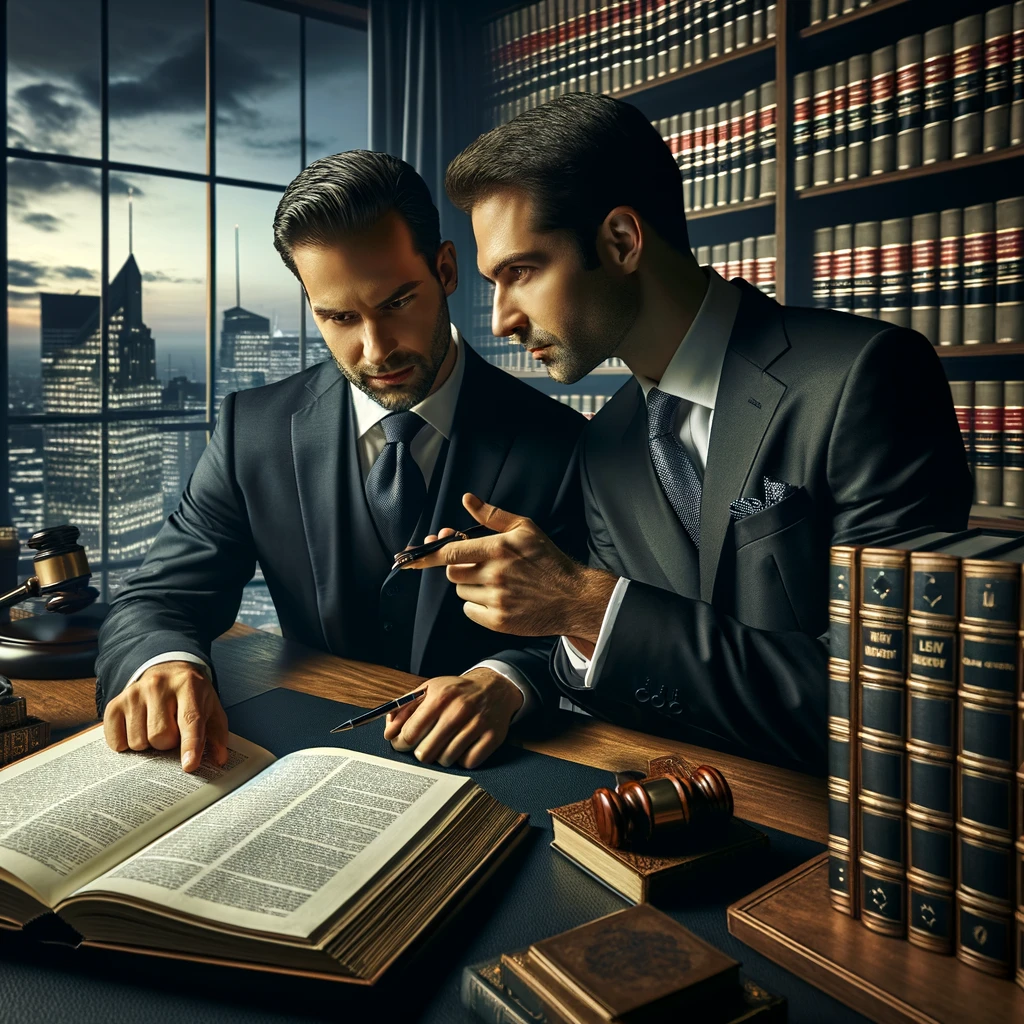In a recent ruling, the court has decided to Court Limits Use of Force: Minister Reacts to Broadview Protest, sparking a wave of reactions from various stakeholders, including government officials and community leaders. This decision comes in the wake of ongoing protests in Broadview, raising questions about law enforcement practices and civil rights. In this article, we’ll delve into the implications of this ruling, the minister’s response, and what it means for future protests.
The Court Decision,
Minister’s Response,
Public Reaction,
Implications for Future Protests,
Key Takeaways
Court Limits Use of Force: Minister Reacts to Broadview Protest
Background
To fully understand the significance of Court Limits Use of Force: Minister Reacts to Broadview Protest, we need to look back at what led to this moment. Protests in Broadview have been escalating over the past few months, fueled by community concerns regarding police conduct during demonstrations. The incidents that sparked these protests were not isolated; they reflected broader issues of systemic injustice and the need for police reform.

Looking for in-depth legal counsel? Call us or visit our contact page to schedule a paid consultation.
Call Us Visit Our Contact PageThe Court Decision
Recently, the court issued a landmark ruling that explicitly limits the circumstances under which law enforcement can use force during protests. This decision has been hailed as a victory for civil rights advocates who argue that excessive force often escalates tensions rather than diffusing them. The ruling emphasizes that officers must first attempt de-escalation tactics before resorting to physical force.
But what does this mean in practical terms? Imagine a situation where officers are faced with a crowd of protesters. Under the new ruling, they are now required to consider alternatives, such as negotiation or withdrawal, before engaging physically. This is a significant shift in policy that could dramatically change the dynamics of future protests.
Minister’s Response
In light of the court’s ruling, the Minister of Justice issued a statement expressing support for the decision. “This ruling is a step in the right direction,” the minister stated, emphasizing the importance of protecting both public safety and individual rights. The minister acknowledged the concerns raised by the Broadview community and reiterated the government’s commitment to reforming police practices.
However, the minister also cautioned against misinterpretations of the ruling. “While we support the court’s decision, it is essential to maintain order during protests,” they noted. This balancing act between civil liberties and public safety is a tightrope that many officials are having to walk.
Public Reaction
The public’s response to the ruling has been mixed. Many community members have celebrated the decision, viewing it as a long-overdue acknowledgment of their rights. “Finally, we have a chance to express our voices without fear of violence,” said one protester. However, others have expressed concern that limiting the use of force could hinder law enforcement’s ability to manage potentially dangerous situations.
This dichotomy in public opinion highlights the complexities surrounding the issue. On one hand, you have advocates for civil rights who see this as a necessary step towards justice. On the other hand, there are those who worry about the implications for public safety. It raises the question: can we truly have both?
Get free and fast advice via WhatsApp for any questions you have!
Contact Us on WhatsAppImplications for Future Protests
The implications of the court’s ruling are far-reaching. For activists, it represents a hard-fought victory that could encourage more people to participate in protests without the fear of excessive police response. For law enforcement, it means re-evaluating their strategies and training to align with the new legal landscape.
Moreover, this ruling could set a precedent for other regions grappling with similar issues. If the Broadview case inspires similar legal challenges elsewhere, we might see a wave of reforms aimed at protecting civil liberties during protests across the country. It’s a ripple effect that could change the way we engage with social justice movements.
Key Takeaways
- The court has limited the use of force by law enforcement during protests,
- The ruling emphasizes the need for de-escalation tactics,
- The Minister of Justice supports the decision but warns about maintaining public order,
- Public reaction is mixed, with some celebrating and others concerned,
- This ruling could inspire similar reforms in other regions,
Conclusion
As we reflect on the Court Limits Use of Force: Minister Reacts to Broadview Protest ruling, it’s clear that we’re at a pivotal moment in the conversation about police practices and civil rights. This decision not only impacts the way protests are managed but also encourages a broader dialogue about justice and accountability. If you or someone you know is navigating these complex issues, seeking legal help early can make a world of difference. Don’t hesitate to reach out and understand your rights better.
Related Articles
- Understanding Civil Rights During Protests,
- The Role of Police in Community Safety,
- How to Organize a Peaceful Protest,
- The Impact of Social Media on Protests,
- Legal Rights of Protesters Explained,
- De-escalation Techniques for Law Enforcement,
- History of Protest Movements in America,
- When to Seek Legal Help During Protests,
- Analyzing Police Reform Efforts Nationwide,
- How to Stay Safe During Protests,
Original source: wbez.org
Get complimentary general advice via email or WhatsApp!
For more in-depth legal counsel, phone ( 9726560560 ) or office consultations are available for a flat fee for up to 40 minutes.
Contact Us on WhatsApp Visit Our Contact Page